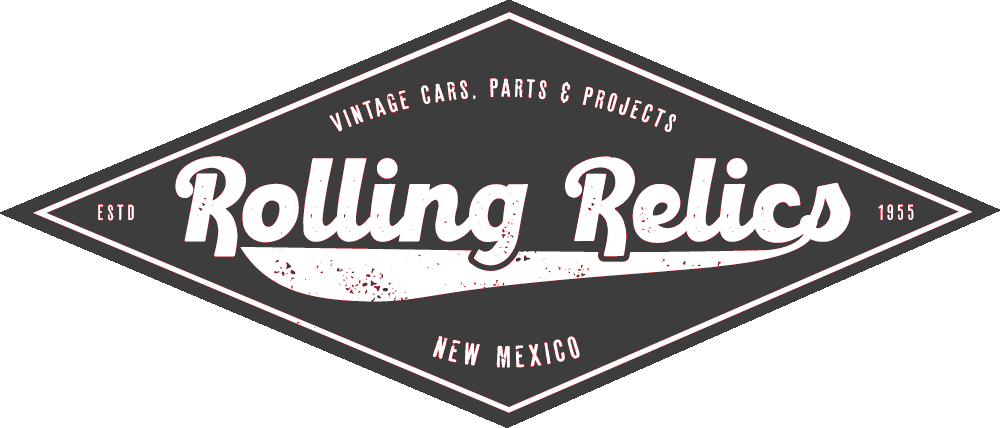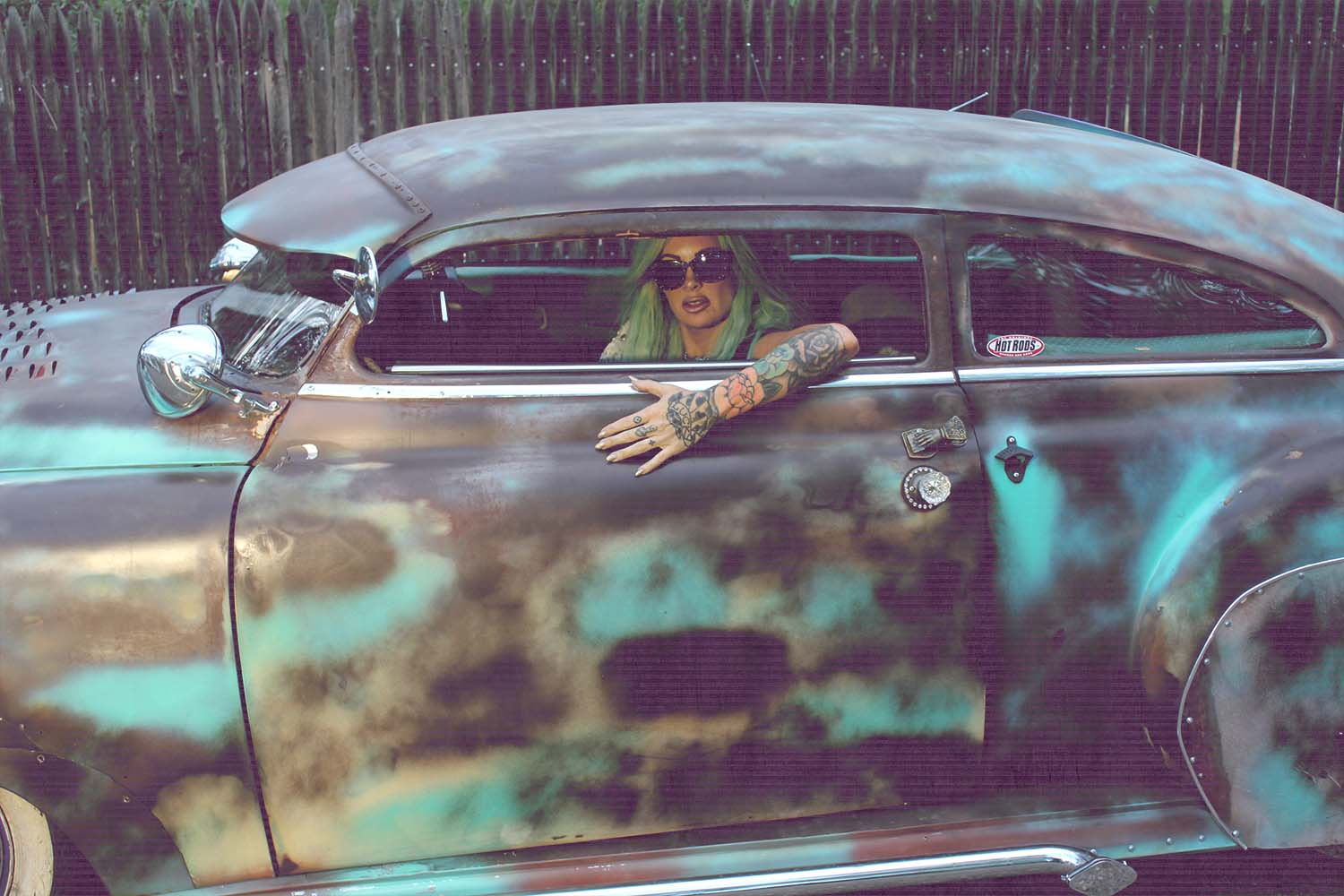Ladies and gentlemen, rev up your engines and prepare to embark on a journey through the wild and wonderful world of classic car projects. For the gearheads, grease monkeys, and speed freaks among us, there’s nothing quite like the thrill of restoring a vintage automobile to its former glory.
But let’s face it: this can be an expensive and daunting endeavor. We’re here to help you navigate the treacherous terrain of classic car projects and find that diamond in the rough that won’t leave you broke and brokenhearted. In this article, we’ll be breaking down the factors you need to consider when selecting a classic car project, as well as tips and tricks for doing your research and preparation. So buckle up, and let’s hit the road!
Factors to Consider: Finding the Diamond in the Rough
First and foremost, you need to assess the condition of the car. Is it a basket case that’s been sitting in a field for 30 years, or a well-preserved example that just needs a few minor repairs? You also need to consider the availability of parts. Are they easy to find, or are they rare and expensive? Another key factor is the level of restoration required. Does the car need a full frame-off restoration or just a few minor cosmetic fixes? Finally, you need to think about the potential resale value of the car. Will you be able to recoup your investment when it’s time to sell, or will you be stuck in a money pit?
Research and Preparation: Buckle Up and Get Ready to Dig Deep
If you’re serious about taking on a classic car project, you need to be prepared to do some serious digging. This is not a hobby for the faint of heart or the shallow of wallet. But if you’re willing to put in the work, the rewards can be truly epic.
The Importance of Research and Preparation:
Before you start tearing apart your new classic car purchase, you need to do your homework. This means researching everything from the make and model of the car to its condition and history. You need to know what you’re getting into, both in terms of the work that needs to be done and the potential pitfalls along the way. Trust me, folks, it’s a lot easier to avoid a nasty surprise than to try and fix one once it’s already happened.
Researching the Make and Model of the Car:
So, how do you research a classic car? Glad you asked. There are a variety of tools and resources available to help you determine the value, rarity, and potential resale value of the car you’re considering. You can start by looking up the car on popular classic car websites such as Hemmings or Classic Cars, or by consulting price guides such as the Hagerty Price Guide. You can also search for online forums and communities dedicated to the specific make and model of the car you’re interested in, where you can find valuable advice and insider tips from fellow enthusiasts.
Check the Condition of the Car:
Once you’ve found a car that you’re interested in, inspect it carefully to assess its condition. Look for rust, dents, and other signs of wear and tear. This will help you determine how much work will be required to restore the car to its former glory.
Estimate the Cost of Restoration:
Based on the condition of the car and the work that needs to be done, estimate the cost of restoration. This will help you determine whether the car is a good investment or not, and will also give you a budget to work with.
Tools and Resources You’ll Need for the Project:
Of course, once you’ve done your research and found the perfect classic car project, you need to be prepared to get your hands dirty. This means having the right tools and resources at your disposal. Depending on the specific project you’re undertaking, this might include anything from basic hand tools to specialized diagnostic equipment. You may also need to invest in a good workshop manual, as well as access to a garage or workspace where you can safely and comfortably work on your car.
Gather the Necessary Tools and Resources:
Before starting your project, make sure you have all the necessary tools and resources. This may include things like manuals, parts catalogs, and specialized tools. By gathering these resources ahead of time, you’ll be better prepared to tackle the project.
By taking the time to research and prepare properly, you’ll be able to start your classic car project with confidence, knowing that you’re making a wise investment
Finding Opportunities: Uncovering the Hidden Gems
Alright, now that you know what factors to consider when searching for a classic car project, let’s talk about how to find those elusive opportunities that won’t break the bank.
Tips and Tricks:
First off, you’ll want to search online classifieds such as Craigslist and Facebook Marketplace, as well as classic car-specific sites like Hemmings and Bring a Trailer. You can also attend car shows, auctions, and local swap meets to find potential opportunities.
Networking with other car enthusiasts and joining online forums can also be a great way to find leads on potential projects. Don’t be afraid to reach out to people and ask about their cars – you never know what kind of hidden gems you might uncover.
Sometimes just driving around can lead you to opportunities. Think of rural areas that aren’t as populated as metropolitan areas. Attend yard sales and farmer’s markets. Don’t be afraid to stop and ask about ‘that old car in the backyard’ if you spot something. You never know; sometimes the owners don’t even remember they have the vehicle.
Examples of Good Opportunities:
Now, let’s talk about some specific examples of cars that might make good opportunities for a classic car project. For example, classic Mustangs, Camaros, and Corvettes are always popular choices, but they can be pricey.
However, lesser-known muscle cars such as the AMC Javelin, Ford Torino, or Dodge Dart can be great options for those on a budget. Classic pickups, such as the Chevy C10 or Ford F100, can also make great projects, as can classic European cars such as the Volkswagen Beetle or BMW 2002.
The key is to find a car that has a solid foundation but needs some work to bring it back to its former glory.
Budgeting and Financing: Turning Dreams into Reality
Now that you’ve found the perfect classic car project, it’s time to talk about how to budget for it and how to finance it if necessary.
Budgeting for Your Project:
First, you’ll need to determine the overall budget for your project. This should include the cost of the car, parts, tools, and labor. When it comes to parts, don’t forget to factor in the cost of shipping, as well as the cost of any custom fabrication work that might be necessary.
You’ll also need to budget for unexpected expenses, as classic car projects have a tendency to throw curveballs at you when you least expect them.
It’s important to be realistic about your budget and to have some wiggle room for unforeseen costs.
Financing Your Project:
If you don’t have the cash on hand to pay for your project upfront, there are a few financing options to consider. One option is to take out a personal loan, either through a bank or an online lender. You can also look into using a credit card with a low interest rate to cover some of the costs. However, be careful with this option, as credit card debt can quickly spiral out of control.
Finally, you might consider taking out a home equity loan or line of credit, as these can often have lower interest rates than personal loans or credit cards.
Remember, financing your project is a big decision, and you’ll want to make sure that you can realistically pay back any loans or credit card balances. It’s important to weigh the pros and cons of each financing option and choose the one that makes the most sense for your financial situation.
Taking on the Challenge: DIY vs. Hiring a Pro
Taking on a classic car project can be a daunting challenge, and it’s important to carefully consider whether to tackle the project yourself or hire a professional to do the work. There are pros and cons to each approach, and the decision will depend on your skill level, available time, and budget.
Weighing the Advantages and Disadvantages of DIY and Professional Work
The advantages of taking on the project yourself include the sense of satisfaction and control that comes with doing the work, as well as the potential to save money on labor costs. However, there are also potential downsides to consider, such as the risk of making costly mistakes or encountering unexpected setbacks that could prolong the project.
On the other hand, hiring a professional can offer the advantage of their expertise and experience in restoring classic cars, which can potentially save you time and money in the long run. However, this comes with the potential downside of higher costs and limited involvement in the project, which may not be ideal for those who want to be more hands-on with their restoration.
Ultimately, the decision of whether to take on the project yourself or hire a professional will depend on your situation and preferences. It’s important to weigh the advantages and disadvantages carefully before making a decision and to be realistic about your skill level and available time.
Final Thoughts
it is important to remember the main points when it comes to finding a classic car project that won’t break the bank.
- Research and preparation are key. Before committing to a car, be sure to research the make and model to determine its value, rarity, and potential resale value.
- There are several factors to consider when looking for a classic car project, including the condition of the car, the availability of parts, and the level of restoration required. Assessing these factors will help you determine whether a car is a good opportunity or not.
- There are several ways to find classic car opportunities that won’t break the bank, such as searching online classifieds, attending car shows and auctions, and networking with other car enthusiasts. Consider cars that are less popular or less sought after, as they may be more affordable.
- Budgeting and financing are important considerations. Be sure to budget for the costs of the car, parts, tools, and labor. If you don’t have the cash on hand to pay for the project upfront, consider financing options.
- Finally, when it comes to doing the project yourself vs. hiring a professional, weigh the pros and cons carefully. Doing the project yourself can be rewarding, but it requires time, patience, and the right tools. If you do choose to do the project yourself, be sure to document the process and take lots of pictures.
In conclusion, taking the time to research and assess opportunities, budget carefully, and choose the right approach will help ensure that your classic car project is a success. For those who want to learn more about classic cars and restoration, there are many resources available, including online forums, books, and workshops.
Happy hunting and good luck with your project!



